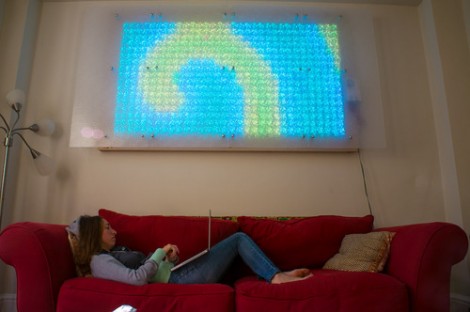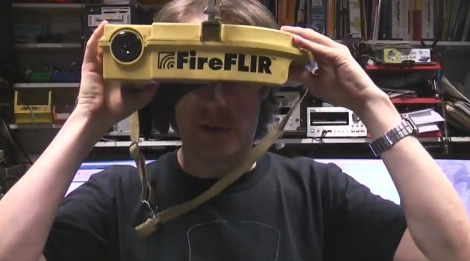For when you want something huge machined

Turn your volume down for this video. It’s the HSM-Modal CNC mill carving a full-sized car out of styrofoam, applying clay to the foam core, and machining the clay at 50 meters per minute. Yes, we’ve seen this machine before, but never in action. It only took a little over 24 hours to make this full-size model car.
Microscope into a drill press

If you need to drill some PCBs, [wotboa] has a neat build for you. He built a micro drill press out of a microscope. It’s a damn good idea if you can find a quality microscope base; those things usually have exceptionally high precision. The ‘hack’ part is a $7 Harbor Freight rotary tool, some PVC pipe, and a PWM control for the motor – home-made, natch.
I’m telling you, they need to get [River] out of the library. Work on it [Moffat].

[Alan] made a TARDIS book case, and he decided to share the plans with us. Just the build to combat the severe lack of woodworking and Whovian stuff on Hackaday. Vashta Nerada hopefully not included.
Money can’t buy happiness, but you sure can sell it

[Greg] sent in some info on Disney’s ‘glow with the show’ hats they sell at the California Adventure park. For $25, you get a hat with RGB LEDs in the mouse ears that synchronize with the World of Color show every night. There’s a better description of the hats here, but we’re thinking these are very similar to the Coldplay Xylobands we saw at this year’s Grammys. Anyone want to tear some mouse ears apart?
An exceptionally low-tech radio telescope

[Impulse405] found a poor man’s radio telescope on Instructables and decided to share it with us. [Z0rb] found a 10-foot dish in the garbage and quickly absconded with this retro hardware. After adding a power supply and a meter-based total power receiver, [Z0rb] had a radio telescope that covered wavelengths from 850 to 2200 MHz.






















